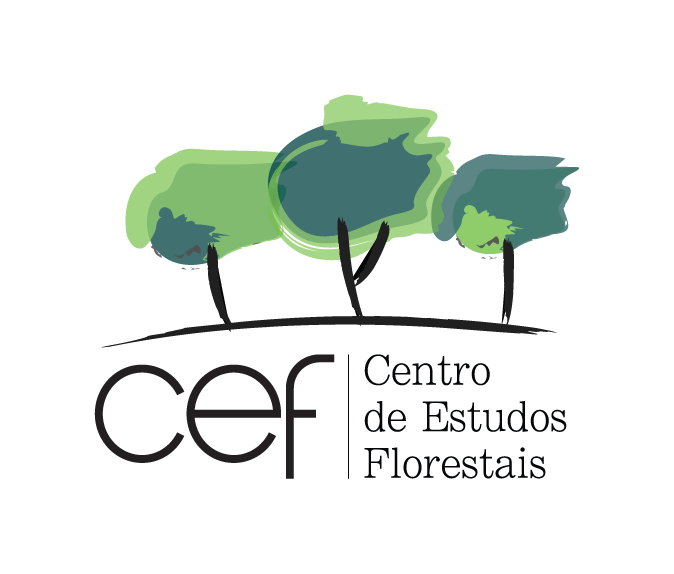
Long-term planning is a crucial tool for addressing forest harvest scheduling problems, particularly when dealing with complex future scenarios. When the planning horizon extends beyond the rotation period, stands can be harvested multiple times. The complexity of models and solution techniques for harvest scheduling problems, particularly those with constraints on clearcut areas (referred to as area-restricted model, ARM), increases significantly in a multiple-harvest context. This study aims to solve the ARM for a highly combinatorial case study where a 100-year planning horizon allows, on average, six harvests per stand. The forest, located in northern Portugal, consists of 1926 stands spread across two non-contiguous regions. Existing studies on multiple harvests often either fail to assess the quality of the solutions or are generally unsuitable for the case study. We propose a branch-and-cut-based heuristic, that incorporates a variable fixing process, to provide a measure of solution’s quality. While this method cannot solve the problem for the entire forest, it yields good solutions for the two regions.
This work involved the participation of several researchers from FORCHANGE.
More information at: https://link.springer.com/article/10.1007/s12597-025-00949-3














